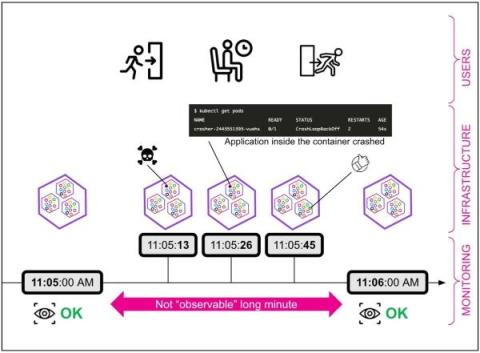Customer Data Management (CDM): An Introduction
What is Customer Data Management? Simply put, customer data management (CDM) is a discipline that encompasses the process, strategy, tools and policies an organization employs to acquire, manage, store and use data about its customers, specifically for marketing purposes.
















